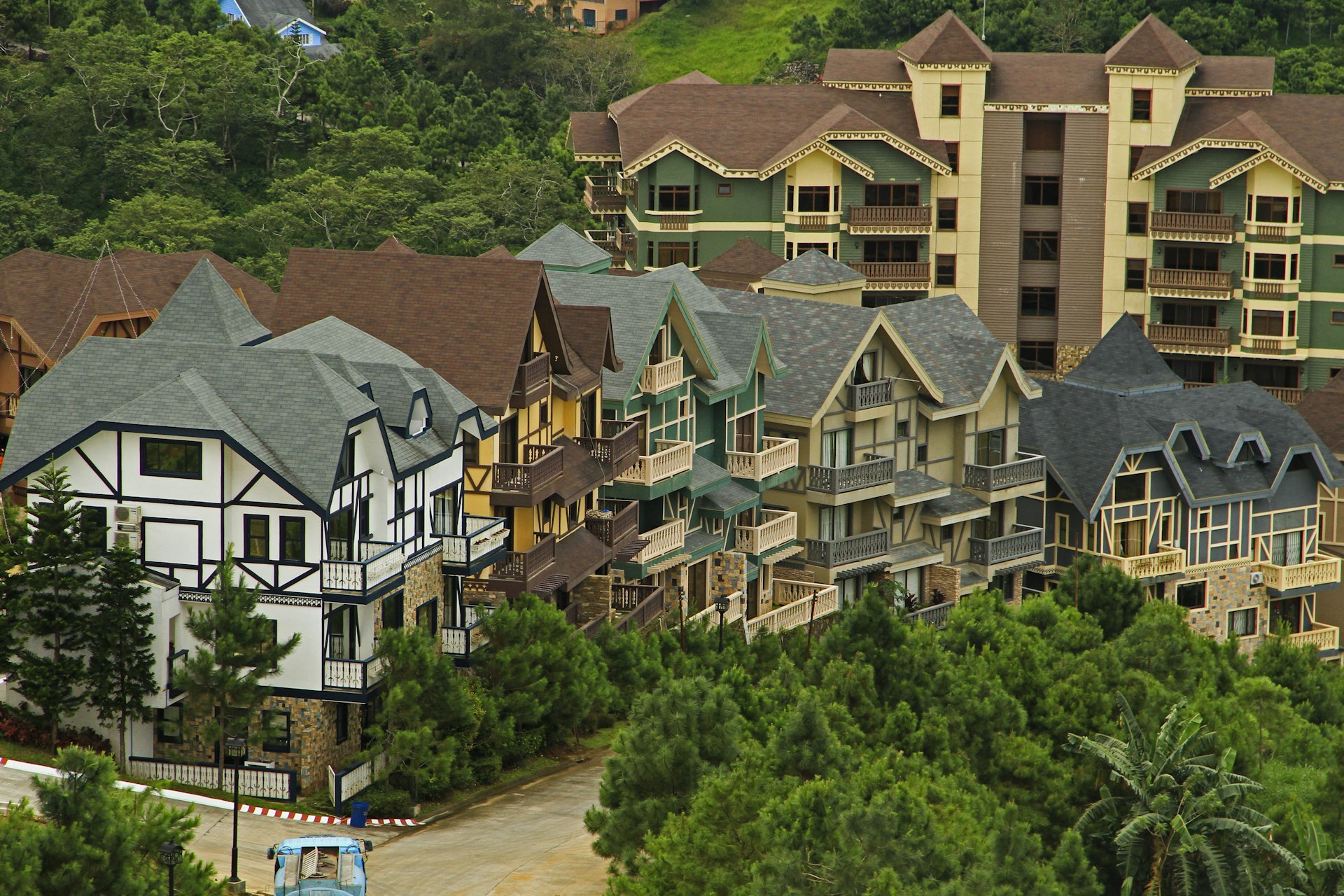Building Value and Security: Climate-Resilient Housing Design in Modern Real Estate

Photo by Natalya Kniazeva on Unsplash
Introduction: The Rising Need for Climate-Resilient Housing
In the face of intensifying climate events, the real estate industry is experiencing a paradigm shift. Climate-resilient housing design is emerging as a critical solution for safeguarding investments, protecting residents, and ensuring housing stability. As storms, wildfires, flooding, and heatwaves become more frequent, both property owners and developers are seeking new approaches to minimize risk and future-proof their assets. This article explores current strategies, technological advancements, and actionable steps for implementing climate-resilient housing in real estate, delivering value for buyers, tenants, and investors alike.
What is Climate-Resilient Housing?
Climate-resilient housing refers to residential structures intentionally designed and constructed to withstand and adapt to the hazards posed by climate change. This includes enhanced protection against floods, wildfires, hurricanes, and extreme temperatures, while also integrating energy efficiency and sustainability features. The goal is to ensure the safety, comfort, and long-term habitability of homes, particularly for vulnerable and at-risk populations [3] .
Key Design Strategies for Resilience
Successful climate-resilient housing projects employ a variety of design and construction techniques tailored to local risks. Here are some of the most effective, real-world approaches:
1. Fire-Resistant Features
In wildfire-prone regions, using fire-resistant materials-such as fiber cement siding, ember-proof vents, and fire-resistant roofing-can dramatically reduce damage. For example, homes in California’s Palisades Fire area that incorporated these features outperformed standard homes in terms of survival and repair costs [1] .
2. Flood and Storm Protection
Properties in flood zones benefit from elevated foundations, flood vents, and reinforced structural frames. These features protect the main structure from water intrusion and can lower insurance costs. Impact-resistant windows and doors further shield homes from debris and high winds during hurricanes or severe storms. Studies in Miami-Dade County demonstrate that such investments regularly result in net positive benefits, with average adaptation projects yielding $0.68 million in benefit per project [4] .
3. Passive Cooling and Heat Mitigation
As urban heat islands intensify, passive design strategies-such as green roofs, increased shading, and natural ventilation-can reduce indoor temperatures and energy consumption. These features also extend the lifespan of building systems and lower ongoing utility bills [1] .
Technology & Data: The New Frontline of Risk Assessment
Recent advances in technology are transforming how climate risk is managed. Predictive modeling and artificial intelligence (AI) help developers and investors pinpoint areas of vulnerability, assess property-specific risks, and choose optimal building practices. For example, platforms like CoreLogic use AI to provide granular risk assessments, guiding both site selection and material choice [1] .
For those seeking to evaluate the climate risk of a prospective property, you can:
- Request a formal climate risk assessment from your local government or a certified environmental consultant.
- Research open data platforms that provide flood, fire, and severe weather risk maps for your region.
- Contact your insurance provider to inquire about climate-related risk ratings and available discounts for resilient features.
Economic and Social Benefits
Investments in climate-resilient housing offer a host of tangible advantages for individuals, communities, and the industry at large:
- Reduced disaster recovery costs : Strengthening homes lowers the risk of catastrophic damage and displacement, saving money on repairs and insurance claims [2] .
- Insurance and financing incentives : Many insurers and lenders offer premium discounts or favorable loan terms for properties with resilient features [5] .
- Lower greenhouse gas emissions : Integrating renewable energy systems and efficient building envelopes reduces a property’s carbon footprint and utility costs [2] .
- Increased property value and marketability : Homes with proven resilience features attract long-term tenants and command higher values, especially as climate risk becomes a key consideration for buyers [5] .
- Community health and stability : Climate-resilient neighborhoods experience fewer displacements and disruptions, supporting mental and physical well-being [3] .
Implementation: Steps for Property Owners and Developers
To incorporate climate-resilient design in your real estate project or home purchase, consider these steps:
- Conduct a comprehensive site analysis to identify local climate risks, including floods, wildfires, and heatwaves.
- Consult with architects and engineers experienced in resilient design. Ask for portfolios that include projects in your risk zone.
- Select appropriate materials and systems -such as flood-resistant insulation, impact-rated windows, and fireproof exterior finishes-based on site-specific hazards.
- Integrate passive design elements like shading, green roofing, and cross-ventilation to boost energy efficiency and comfort.
- Work with contractors familiar with local building codes and resilience standards. Many regions offer updated codes that mandate or incentivize certain features.
- Explore available incentives such as tax credits, insurance discounts, or grants for resilient construction. To find these, contact your city or state housing authority, and search for ‘disaster mitigation grants’ or ‘climate resilience incentives’ in your region.
It is advisable to speak with a local real estate agent or urban planner who understands both the regulatory landscape and the unique climate risks of your area. If you are unsure about where to start, your city’s building department or local chapter of the American Institute of Architects can provide a list of qualified professionals.
Case Studies: Real-World Successes
Across the U.S. and globally, climate-resilient design is being implemented with measurable results:
- In Miami-Dade County, infrastructure projects focused on elevation and flood control have delivered net positive returns, protecting property values despite rising sea levels [4] .
- Post-wildfire reconstruction in California has prioritized fire-resistant designs, resulting in significantly lower losses during subsequent fire events [1] .
- Affordable housing developments equipped with solar microgrids and passive cooling systems have provided stable, low-utility-cost housing even during extended heatwaves [2] .
Challenges and Solutions
Despite its benefits, implementing climate-resilient housing can face obstacles:
- Upfront costs : While resilient materials and systems can be more expensive at first, the long-term savings from reduced damage, insurance, and maintenance typically outweigh these investments [4] .
- Knowledge gaps : Some real estate professionals and homeowners lack information on climate risks or available solutions. Educational programs from local governments and industry associations can help bridge these gaps.
- Regulatory hurdles : Building codes and zoning laws may lag behind best practices for resilience. Engaging with local planning boards and advocating for code updates ensures progress.
If you encounter challenges, consider joining community organizations focused on sustainable development, which can provide resources, advocacy support, and technical guidance.

Photo by Pascal Meier on Unsplash
How to Access Climate-Resilient Housing Resources
For those seeking to buy, build, or retrofit climate-resilient homes, here are actionable steps:
- Contact your city or state housing authority to inquire about resilience programs, funding opportunities, and local regulations.
- Search for certified green building professionals through organizations such as the U.S. Green Building Council or your local American Institute of Architects chapter.
- For affordable housing and resilience grants, look up the U.S. Department of Housing and Urban Development (HUD) and search for ‘climate resilience grants’ on their official website.
- Consult your insurance provider about discounts for resilient features and ask for approved contractor lists.
- To stay informed, subscribe to reputable industry publications and attend local seminars on climate-resilient development.
If you are unsure about eligibility or the application process for specific incentives, reach out directly to your local building department or search “climate resilience” along with your location to find region-specific programs and resources.
Key Takeaways
Climate-resilient housing design is not just a trend-it is an essential evolution in real estate. By integrating robust materials, innovative technology, and data-driven planning, you can protect your investment, enhance tenant safety, and contribute to a more sustainable future. Whether you are a homeowner, investor, or developer, proactive engagement with climate resilience strategies will position you for long-term success in a rapidly changing world.
References
- [1] National Association of Realtors (2025). Climate-Resistant Housing Strategies: Preparing for an Uncertain Future.
- [2] Urban Institute (2024). Preserving, Protecting, and Building Climate-Resilient Affordable Housing.
- [3] ClimateResilientHousing.org (2024). Safeguarding the Right to Housing Under Climate Change.
- [4] Green Engagement (2025). Building Resilient Homes in the Face of Climate Change.
- [5] Avison Young (2025). The Case for Climate-Resilient Affordable Housing.
MORE FROM moneysaversearch.com













